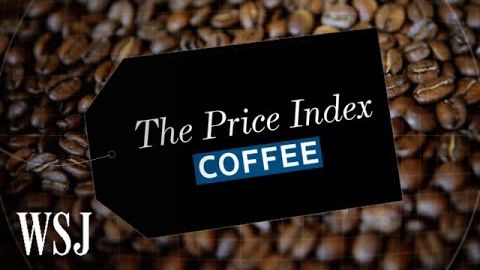Your Coffee Is Getting More Expensive. Here’s Why | WSJ
joey joey が 2021 年 05 月 30 日 に投稿  この条件に一致する単語はありません
この条件に一致する単語はありませんUS /pænˈdɛmɪk/
・
UK /pæn'demɪk/
US /ˈrɪtʃuəl/
・
UK /'rɪtʃʊəl/
- adj.儀式の : 祭礼の : 儀礼の;儀式の
- n. (c./u.)儀式;習慣
US /'ɡroʊsərɪ/
・
UK /'ɡrəʊsərɪ/
US /dɪˈtɚmɪn/
・
UK /dɪ'tɜ:mɪn/
エネルギーを使用
すべての単語を解除
発音・解説・フィルター機能を解除

